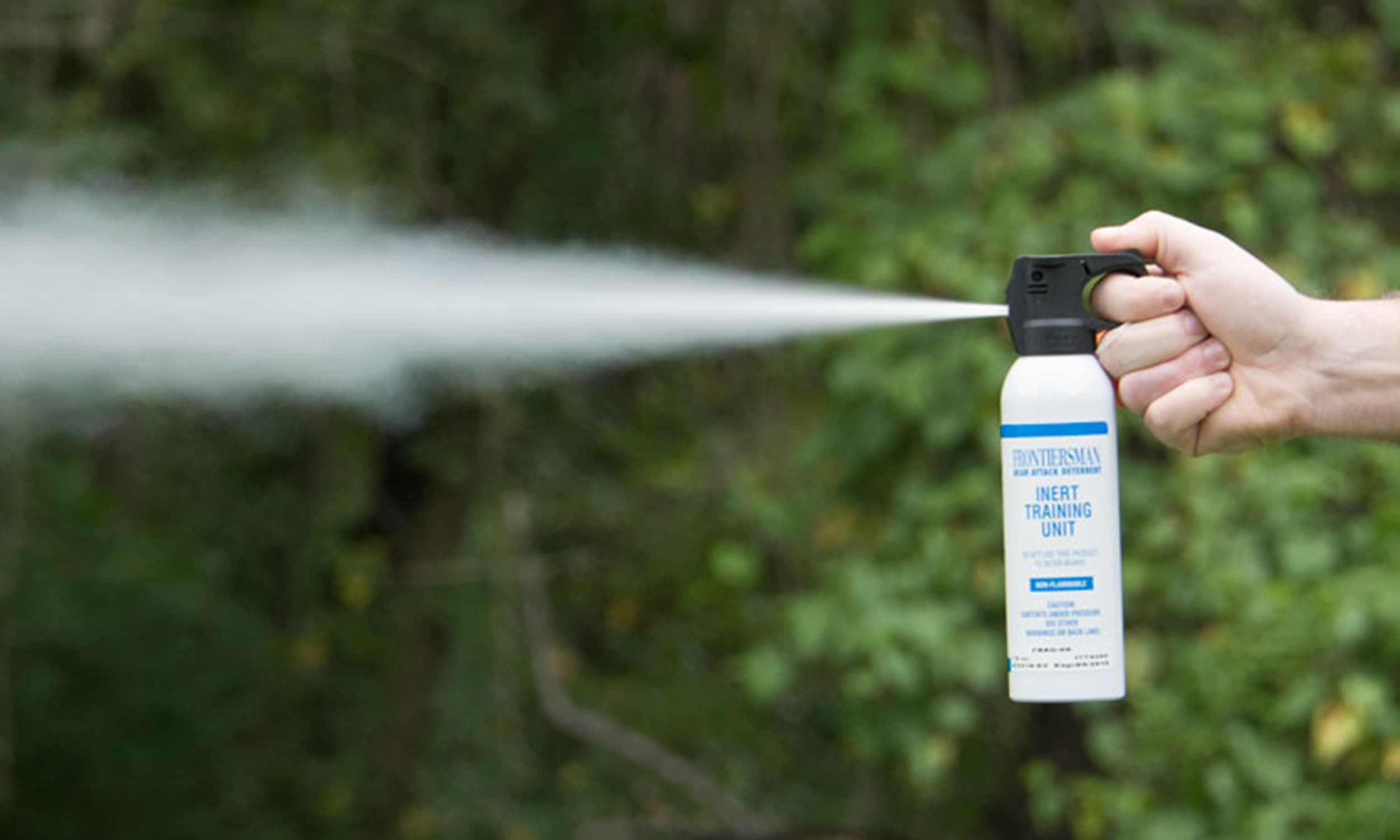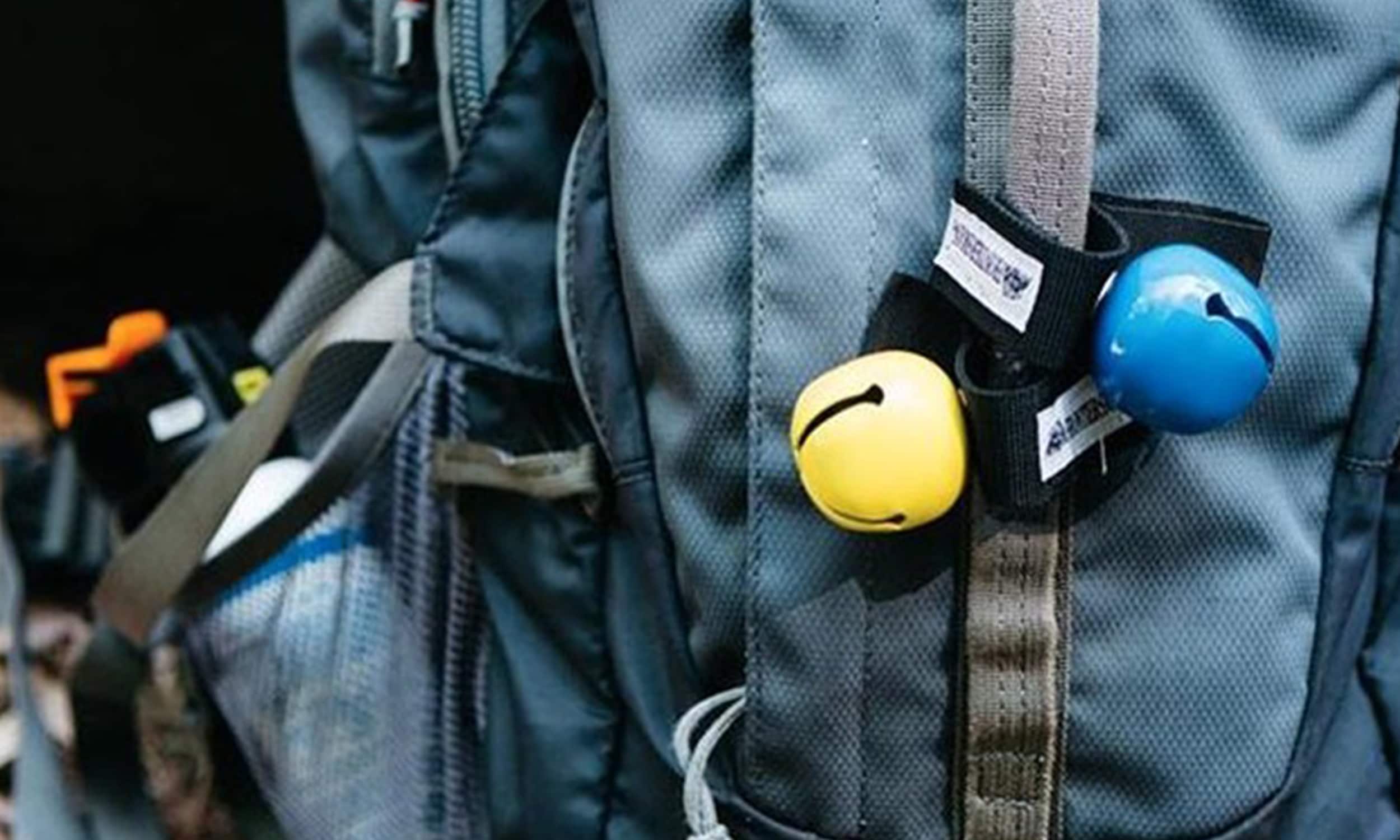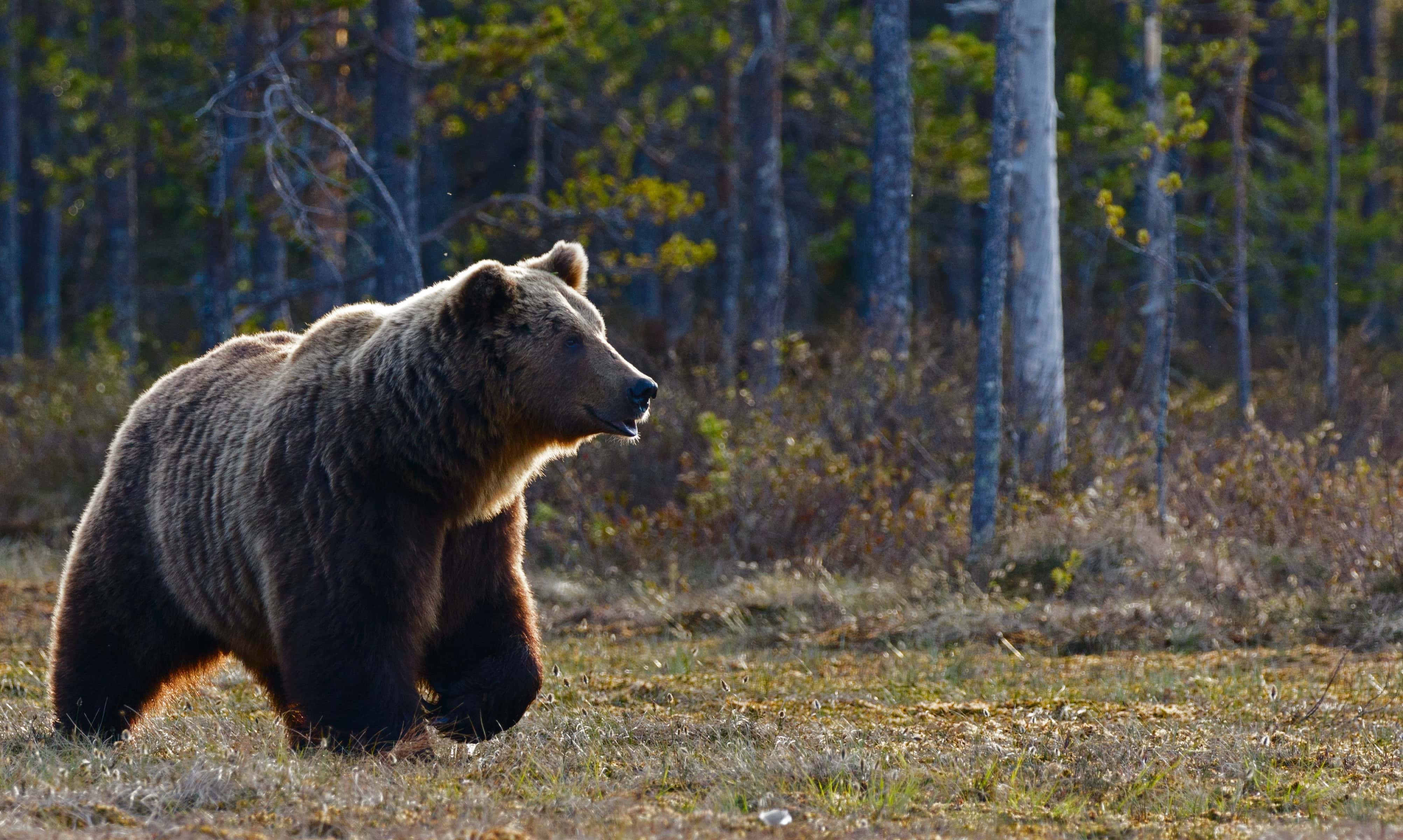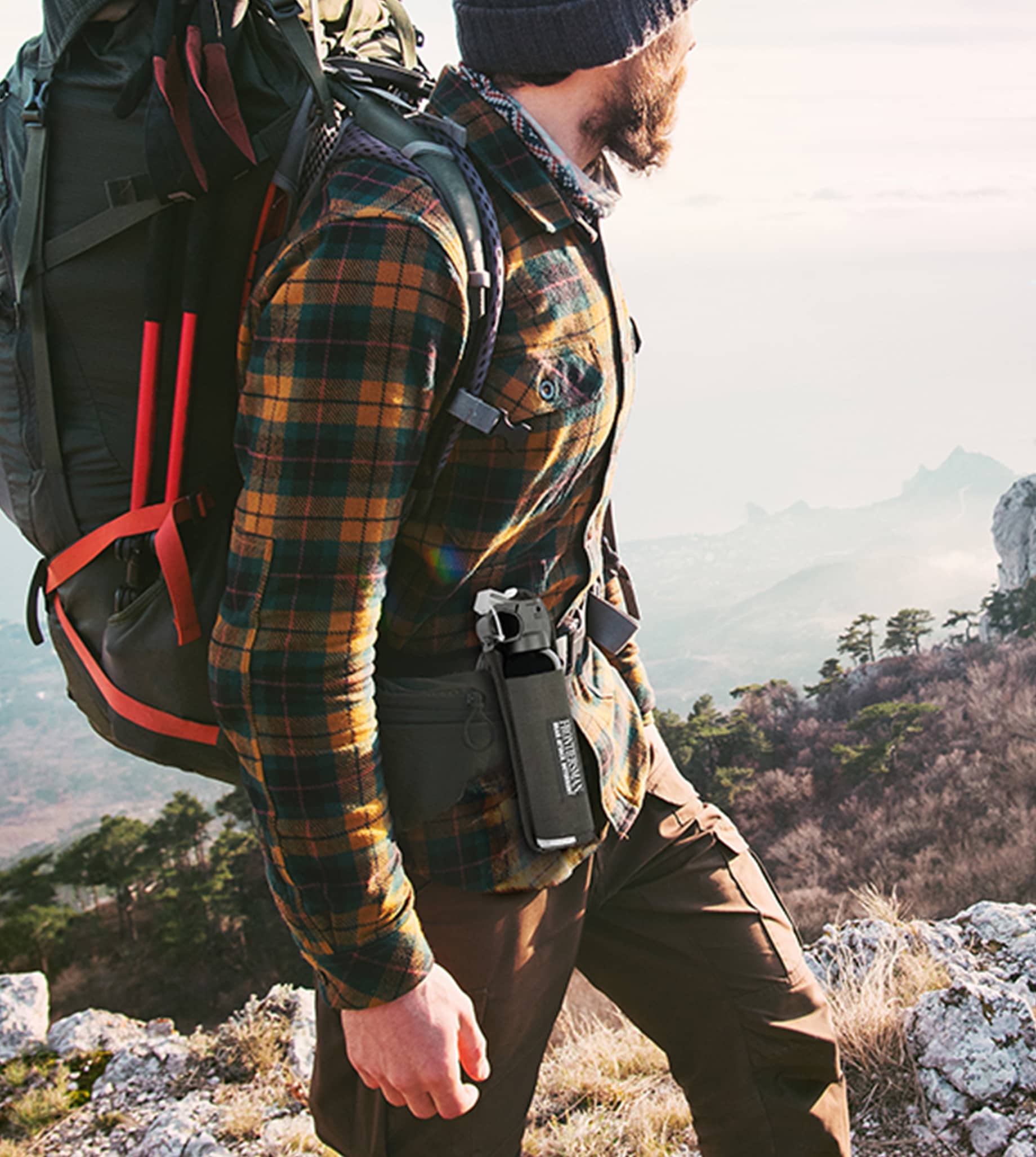
Your Bear Safety Guide
If you’re in the backcountry, you’re likely in bear country. Whether you’re planning a trail hike, a backpacking trip, or camping in the backcountry, it’s important to have a bear safety plan. While bear attacks are rare, they are a real possibility. But when they do happen, they can be serious. Bear spray and other deterrents are must-pack survival items for trips into bear country.
Here are a few essential safety tips that will help you venture confidently in the great outdoors and survive a potential encounter with an aggressive bear. Be safe, go wild, with FRONTIERSMAN ®.
BEAR SAFETY: BEFORE YOU GO
Practice, Practice, Practice.

If you're headed to bear country, it's smart to carry a bear spray for protection. Many national parks and outdoor safety guides strongly recommend it.
Before you venture out, it’s a good idea to practice using it before you go out in the woods or back country. Dealing with an aggressive bear is no time to learn the finer points of effectively deploying your bear spray.
BEAR SAFETY: STEP ONE
Keep Bears at Bay.
The first step when you get to bear safety is pretty straightforward: don't smell like food. If you are camping in bear country, do everything you can to avoid inadvertently luring bears to your campsite.
Whether you are camping or just hiking in bear country, bear safes, also known as bear canisters, are a smart way to keep hungry bears away. Watertight and scent-proof, these products are easy for humans to open and access their meals and snacks but practically impossible for bears to get into. The Frontiersman Bear Safe has been tested and proven bear-resistant by real bears at the Grizzly & Wolf Discovery Center (GWDC) in Montana, and by the Interagency Grizzly Bear Committee's (IGBC).

BEAR SAFETY: STEP TWO
Make Noise.

To avoid surprising bears as you hike, let them know you are coming. Simply talking loudly, even if you’re by yourself, can help alert bears to your presence.
Other popular options are available. By attaching bear bells to your pack, clothing or other gear, you can give bears safe notice of your approach.
Bear horns provide an even louder announcement of your arrival in the bears’ home turf. Periodic blasts from these very loud air horns as you make your way along a trail or path will let bears know you are in the area.
BEAR SAFETY: STEP THREE
Be Observant.
If you do happen to run into a bear unexpectedly, try not to immediately panic. First, try to determine what the bear is doing. Perhaps it doesn’t even notice you. Maybe it is moving away from you.
On the other hand, perhaps it has noticed you and is moving toward you. After you have assessed the situation, it’s time to act. If the bear is in your way, consider taking another route. Or be patient and wait for it to move off.
If it starts toward you aggressively, don’t run. That could trigger its predator instinct. If you’re running or hiking, be prepared to retrieve and use your bear spray.

BEAR SAFETY: STEP FOUR
Protect and Defend Yourself.

We should note: make sure you've got your bear spray in a holster (like a chest or belt holster), so that it's immediately accessible if and when you need it. It won't do you any good at the bottom of your pack.
Since a bear can run upward of 40 miles per hour, it will run into the cloud of pepper spray and meet the spray 20-30 feet out from you. Press the trigger and aim at the face and eyes of the bear. Stop and adjust your aim if the conditions warrant. The idea is to create a protective cloud that the bear runs into.
If the bear starts to charge inside the 30 foot zone, aim directly at the bear’s face until it breaks off the charge. It might take a second for the bear to feel the effects of the spray, so don’t expect the bear to break immediately. Bear spray will temporarily incapacitate a bear, making it safer for you, the environment, and the bear. It's time now to move away to safety.
